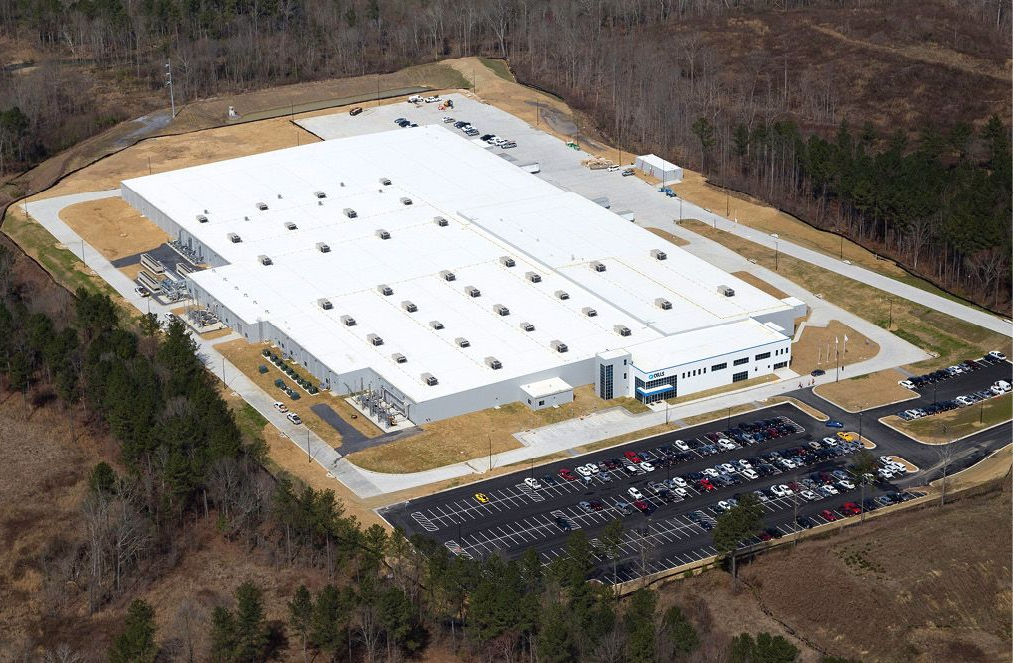THE Brechin Castle Solar Farm is on track for full completion by the end of 2025, according to the Energy Chamber of Trinidad and Tobago.
The first phase is expected to become operational as early as October, it stated.
“Trinidad and Tobago is on the verge of a significant renewable energy achievement with the upcoming completion of the Brechin Castle Solar Farm, the largest solar project in the region. Located on 238 hectares of land northeast of Point Lisas, the solar farm is a joint venture between BCSL (Brechin Castle Solar Farm Ltd)—a partnership comprising BP Alternative Energy T&T, Shell, and the National Gas Company of Trinidad and Tobago Limited,” the Energy Chamber stated in a post yesterday.
Clean energy
“With one-third of the project already completed and the remaining work on track for completion by the end of 2025, the solar farm is expected to contribute approximately 8% of Trinidad and Tobago’s total power-generation capacity. The installed capacity of 92MW, projected to be operational by October this year, will provide clean energy equivalent to the needs of 31,500 homes. Notably, the project has achieved an impressive safety record of 350,000 incident-free work hours—a testament to the rigorous standards upheld by the construction team,” it stated.
Anant Ramkellawan, the construction manager at Grupotec, the EPC (engineering, procurement, and construction) contractor, acknowledged several early challenges, including language barriers, difficult terrain, flooding, and labour-related issues, the Energy Chamber stated.
“However, these hurdles have yielded valuable learnings, reinforcing the project’s role as a pioneering initiative in the country’s energy transition,” it stated.
“Environmental stewardship has been a priority throughout the project’s execution. Compliance with the Certificate of Environmental Clearance (CEC) ensured minimal disruption to local ecosystems. Measures such as relocating wildlife (including caimans, bees, and otters), using sustainable construction techniques like piling and reinforcement with aggregate, and planting vetiver grass for land stabilisation demonstrate the project’s commitment to environmental responsibility,” the Energy Chamber stated.
The Energy Chamber stated that the project has prioritised local content, employing and training about 300 skilled and unskilled workers, many from nearby communities.
“This focus on local engagement underscores the solar farm’s role in fostering economic growth alongside renewable energy development,” it stated.
“Once operational, the Brechin Castle Solar Farm will stand as the largest project in Grupotec’s global portfolio, which spans Europe, the Americas, Africa, and the Caribbean. Beyond its energy contributions, the solar farm is projected to reduce CO2 emissions by 123,000 tonnes annually—equivalent to removing 26,000 cars from the road—marking a major step toward Trinidad and Tobago’s sustainability goals,” the Energy Chamber stated.
The Energy Chamber stated that the Brechin Castle Solar Farm represents more than just infrastructure.
“It is a transformative project that aligns with global energy trends while addressing local needs. As construction progresses, the Energy Chamber will continue to monitor and support this landmark initiative, which promises to reshape the nation’s energy landscape for years to come,” it stated,
Historically, T&T has relied heavily on natural gas for electricity generation, making its energy system vulnerable to fluctuations in hydrocarbon markets and hampering progress toward climate goals. In 2015, T&T ratified the Paris Agreement, committing to reduce cumulative greenhouse gas emissions by 15% by 2030 in the power, transport, and industrial sectors. To help achieve this target, the Government aimed to generate 10% of electricity from renewable sources.
The Brechin Castle Solar Farm emerged as a direct response to that ambition.
“Brechin Castle Solar Farm Project is a solar farm under project management by Lightsource bp, on behalf of the project owners, Shell, bp and NGC. The project forms part of a government initiative for the supply of renewable energy to the domestic market led by the Ministry of Energy and Energy Industries of the Republic of Trinidad and Tobago,” its website has stated.
Grid connection
The solar project includes a 92 megawatt (MWac) solar farm split over two sites, totalling 186 hectares (ha), and an overhead 2.8km grid connection line to the existing Brechin Castle Substation.
“Agreement with the government was reached on December 9, 2022, which enabled consortium partners to reach Final Investment Decision (FID) to commence construction on the project, with bp and Shell initially having joint shareholdings (50/50). Construction commenced in Q3 2023, and expected to be operational in Q2 2025,” it stated.
The project is located in the Couva-Tabaquite-Talparo region, five kilometres south-east of the industrial area and the port of Point Lisas in Couva. The project is comprised of two separate land parcels located on a former sugar plantation that is currently owned by the State.
For two months last year, work was halted on the project as gunmen entered the job site and threatened workers.
https://trinidadexpress.com/business/local/brechin-castle-solar-farm-to-launch-this-year/article_63b58fc8-2ca8-4183-ba99-eab574c692b1.html





